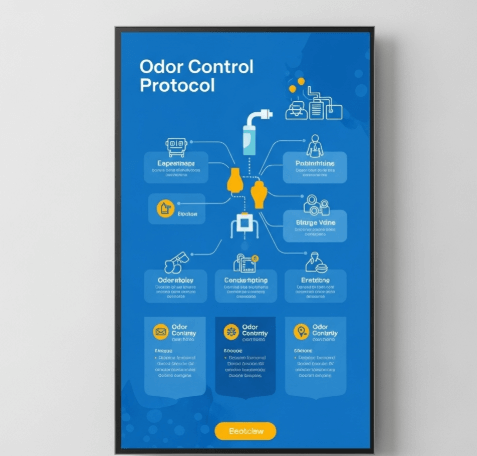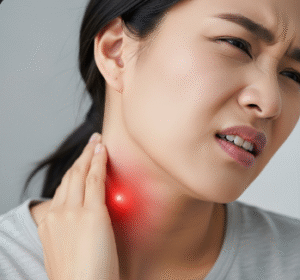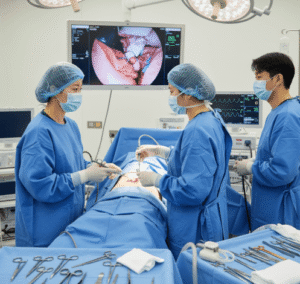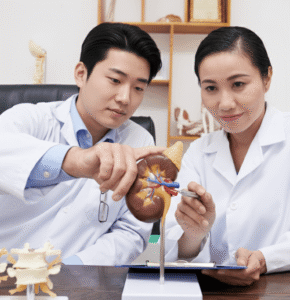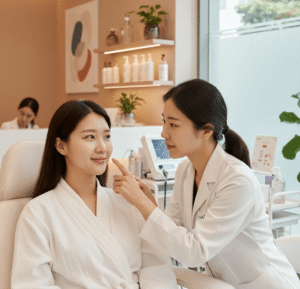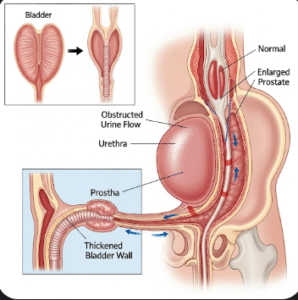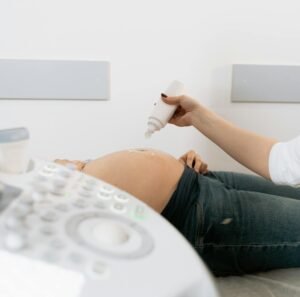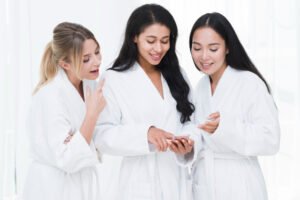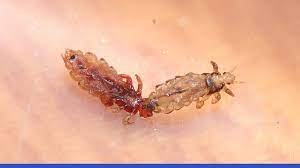What it is
An odor control protocol is a structured approach to preventing and managing unpleasant body odor, primarily caused by sweat interacting with skin bacteria. While sweating itself is odorless, the breakdown of sweat by bacteria (especially in apocrine gland areas such as underarms, groin, and feet) leads to noticeable odor.
In Korea, odor control is considered part of personal grooming and social etiquette. Clinics, dermatologists, and wellness centers offer medical, cosmetic, and lifestyle-based protocols that combine modern science with K-beauty philosophies.
Why it’s done
Odor control is pursued not only for hygiene but also for social confidence and comfort.
✔ To eliminate unpleasant body odor that can affect work, school, or relationships
✔ To reduce bacterial growth that causes odor and infections
✔ To maintain personal freshness in Korea’s close-contact social culture
✔ To support patients with hyperhidrosis, who often have odor concerns
✔ To enhance quality of life, reducing anxiety and self-consciousness
💡 In Korea, odor control is deeply tied to beauty, health, and respect for others, making it a common concern across all age groups.
Alternatives
If a structured protocol isn’t followed, other methods may help:
➡️ Over-the-counter deodorants and antiperspirants – Basic first-line defense.
➡️ Body sprays and perfumes – Mask odor but don’t prevent it.
➡️ Herbal remedies – Green tea, vinegar, or mugwort rinses.
➡️ Lifestyle changes – Frequent showers, diet adjustments, breathable fabrics.
➡️ Medical interventions – Botox, MiraDry, or laser treatments for sweat reduction.
In Korea, many people combine daily K-beauty body care with clinic-based solutions for longer-lasting results.
Preparation
Before starting an odor control protocol in Korea, patients usually undergo:
- 🔹 Dermatology or clinic consultation → To determine if odor is caused by sweat, bacteria, fungal infection, or medical conditions.
- 🔹 Skin & sweat analysis → Starch-iodine tests and bacterial cultures in some clinics.
- 🔹 Lifestyle assessment → Diet, hygiene habits, stress, and clothing choices.
- 🔹 Allergy check → To avoid irritation from strong antiperspirants or medicated products.
How it’s Done
A complete odor control protocol in Korea is multi-layered and includes medical, cosmetic, and lifestyle strategies:
- Hygiene & Daily Care
- Twice-daily showers using antibacterial cleansers.
- Exfoliating scrubs for underarms and feet to reduce bacteria buildup.
- K-beauty body washes with green tea, charcoal, or bamboo extracts.
- Topical Treatments
- Aluminum chloride antiperspirants to reduce sweating.
- Topical antibiotics (clindamycin/erythromycin gels) for odor-causing bacteria.
- Glycopyrrolate wipes/creams for localized sweat and odor control.
- Medical Interventions
- Botox injections to block sweat production in underarms, palms, or feet.
- MiraDry microwave therapy to permanently destroy sweat and odor glands in the underarms.
- Laser sweat gland ablation for long-term reduction.
- Scalp & Body Cooling Therapies (K-beauty style)
- Herbal compresses, cooling sprays, or LED therapy for soothing skin.
- Charcoal or mugwort body toners to reduce bacterial activity.
- Lifestyle Adjustments
- Wearing breathable fabrics like cotton or bamboo.
- Avoiding spicy foods, garlic, and caffeine which increase sweat/odor.
- Stress management (meditation, exercise, acupuncture).
Recovery
Recovery depends on the treatment chosen:
➡️ Topicals & hygiene routines → Immediate improvement, no downtime.
➡️ Botox injections → Mild swelling or tenderness for 1–2 days.
➡️ MiraDry/laser treatments → Temporary swelling, redness, or numbness for up to 2 weeks.
➡️ Lifestyle care → Continuous improvement with consistency.
💡 Korean clinics often accelerate recovery with cooling herbal sprays, hydrating gels, and LED therapy, ensuring minimal discomfort.
Complications
While odor control protocols are safe, some risks exist:
⚠ Possible side effects include:
- Skin irritation from deodorants/antiperspirants
- Dryness or burning with aluminum chloride or topical antibiotics
- Temporary bruising or soreness after Botox
- Swelling or numbness after MiraDry or laser therapy
- Over-drying of skin if too many antibacterial products are used
Korean dermatologists reduce risks by balancing medical treatments with K-beauty hydration routines, protecting the skin barrier.
Treatment Options in Korea
Korea provides some of the world’s most advanced odor control systems, combining medical technology with beauty-focused aftercare.
🇰🇷 Popular Korean Odor Control Options:
- Botox for underarm sweat & odor (quick, effective, temporary).
- MiraDry microwave therapy (permanent, highly popular).
- Laser sweat gland removal (minimally invasive).
- Medicated wipes and deodorant creams (custom compounded in pharmacies).
- Holistic care add-ons → Herbal soaks, cooling body tonics, and odor-neutralizing sprays.
✅ Final Thoughts
Odor control protocol in Korea is comprehensive, combining daily hygiene, topical therapies, and advanced medical treatments. With Korea’s unique K-beauty wellness philosophy, patients not only eliminate odor but also maintain healthy, fresh, and confident skin.
From affordable antiperspirant regimens to permanent solutions like MiraDry, Korea offers tailored programs for all severity levels, making it a global leader in odor management and hyperhidrosis care.

